With board members jumping ship, the governor asking tough questions, and the cost estimate ballooning, the logical conclusion is that the Knik Arm Bridge proposal, Alaska’s second “bridge to nowhere,” is finally in its dying throes.
An Anchorage Daily News article today does a great job laying out the problems with the proposed Knik Arm Crossing (renamed in the 2005 transportation bill as Don Young’s Way) from Anchorage to Point MacKenzie. The Knik Arm Bridge and Transportation Authority (KABATA) has spent more than $40 million (mostly federal taxpayer money) studying the project, which appears to have bogged down. KABATA’s chairman, George Wuerch, and deputy director, Darryl Jordan, recently stepped down, and upon his departure, Jordan said: “The reason I bailed out is I don't see it going any time soon.”
The Daily News also has a letter from Alaska Department of Transportation and Public Facilities to KABATA dated April 22. This letter appears to express some pretty deep concern on Governor Sarah Palin’s part about the project, and asks some tough (and absolutely necessary) questions regarding the state’s risk, traffic volumes, toll revenues, and cost estimates. Some of the cost estimate concerns grow out of the fact that the previous estimates don’t include how much it will cost to upgrade the local roads where the bridge traffic and existing traffic will merge. This is a glaring and expensive oversight.
The absurdity of this project cannot be overstated for federal taxpayers. KABATA still sticks to its $600 million cost estimate, which they assume will be covered entirely by private investors in exchange for toll revenues. The ADN story says the estimate is actually closer to $1 billion when financing costs are included, and will rise higher when the local traffic upgrades are included. There is no doubt that a major share of these costs will be borne by federal taxpayers, and that doesn’t even begin to consider what happens if toll revenues fall short of projections. Add to that the recent credit crunch in financial markets and the stark fiscal reality facing the nation’s transportation program, and it’s clearly high time to file this pipe-dream of a project in the circular file.
For more information, please contact Erich Zimmermann, erich [at] taxpayer.net

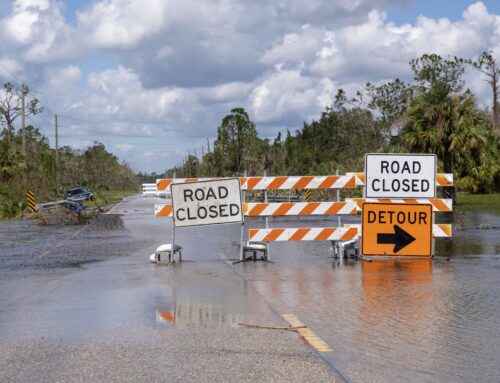
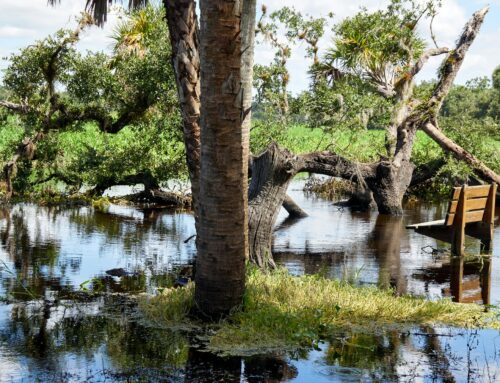
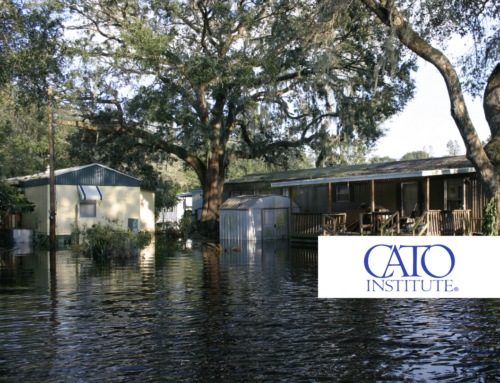
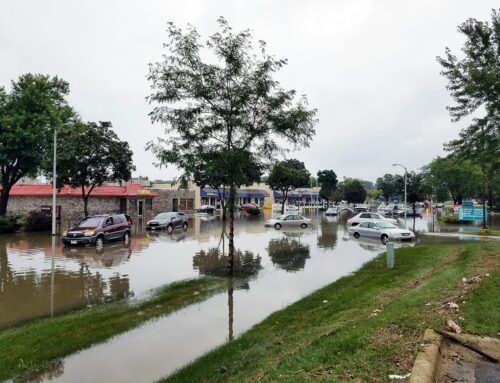
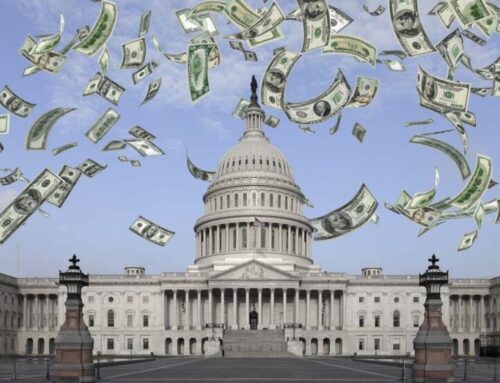
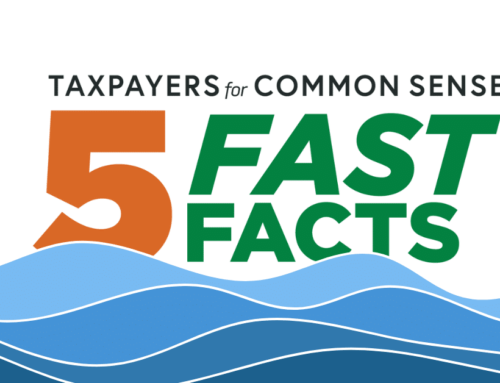
Get Social